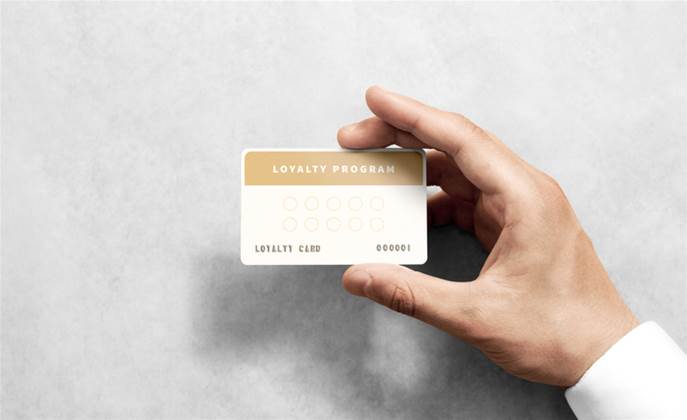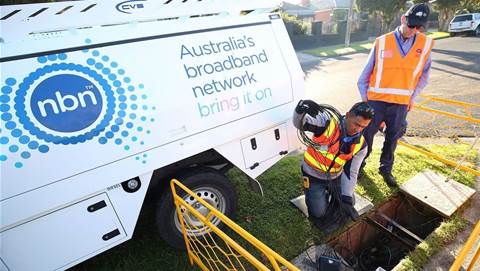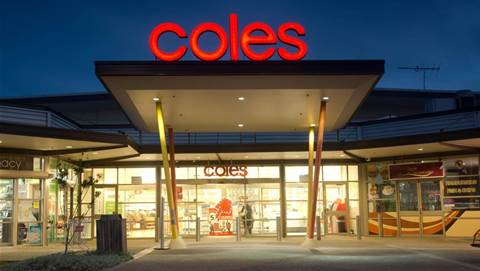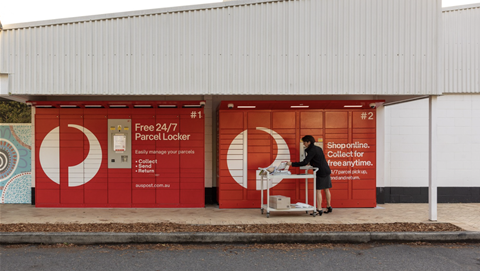Customers engage with a number of loyalty programs on a daily basis. From redeeming points to get their morning coffee to unlocking a discount on gas for their commute or getting free shipping for their online holiday shopping, customers are interacting with multiple loyalty programs at any given time. Because today, loyalty programs, in some industries, have almost become a table-stakes feature.

On average, consumers are members of 14 loyalty programs, per individual. Customers just expect that the brands that they interact with daily will have a loyalty program. As a result, the question that I’m hearing from clients is, “With so many loyalty programs that look similar, how can brands create loyalty program experiences that are differentiating?”.
Use Voice of the Customer Data to Make Your Program More Compelling
It’s not uncommon for organisations to develop loyalty programs that mirror their competitor’s programs. It’s easy to assume that all customers are just looking for discounts or redeemable points. But while these offerings may be the benefits that SOME customers prefer, it’s critical to use voice of the customer (VoC) data to validate the benefits you offer to retain your highest-priority customer groups.
For example, you may have a customer base that has a variety of different loyalty program benefits that they prefer, but your highest-priority customer group may be the kind of customer who values efficiency in their shopping experience over anything else (including price).
This customer wants to know that once they place an order, they will be provided with the quickest delivery method or the option to pick up the product at a store that same day. Therefore, your loyalty program should offer customers shipping benefits or same-day pick-up for members. These types of insights must dictate the benefits you offer to drive retention and increase customer lifetime value for those high-priority customer groups.
Incorporate Experiential Benefits into Your Loyalty Program
We’re all human. We can all appreciate a good discount, right? But focusing too narrowly on just offering transactional loyalty benefits can be harmful to creating a differentiated loyalty program experience. Gartner data shows that consumer preference in experiential benefits for loyalty programs has increased from 2018 to 2022 (see the graphic below). Incorporating experiential benefits into your loyalty program is an excellent way for you to differentiate your program from others that purely focus on transactional benefits.

Experiential benefits provide an opportunity for customers to engage with your organisation outside of just making a purchase. For example, a large quick-service food restaurant chain hosts a virtual trivia night. The trivia night is offered to loyalty program members only. Loyalty program members can compete in the trivia night for redeemable points and free products.
This is a great example of how brands can use a combination of transactional AND experiential benefits to cater to the preferences of high-priority customer groups. Another method of catering your loyalty program to a diverse set of customer groups is by developing a tiered program. This allows the brand to customise the benefits offered based on customer behaviours, spending habits and preferences.
Experiential benefits offer brands an opportunity to go above and beyond by:
- Connecting customers with each other to share common interests, values and experiences
- Personalising offers to show the customer that you understand their wants, needs and goals
- Recognising customers for their accomplishments and acknowledging special life events
This article was republished with permission from the Gartner Blog Network.



.png&h=140&w=231&c=1&s=0)

_(22).jpg&h=140&w=231&c=1&s=0)



_(26).jpg&w=100&c=1&s=0)

 iTnews Executive Retreat - Security Leaders Edition
iTnews Executive Retreat - Security Leaders Edition












_(1).jpg&h=140&w=231&c=1&s=0)



